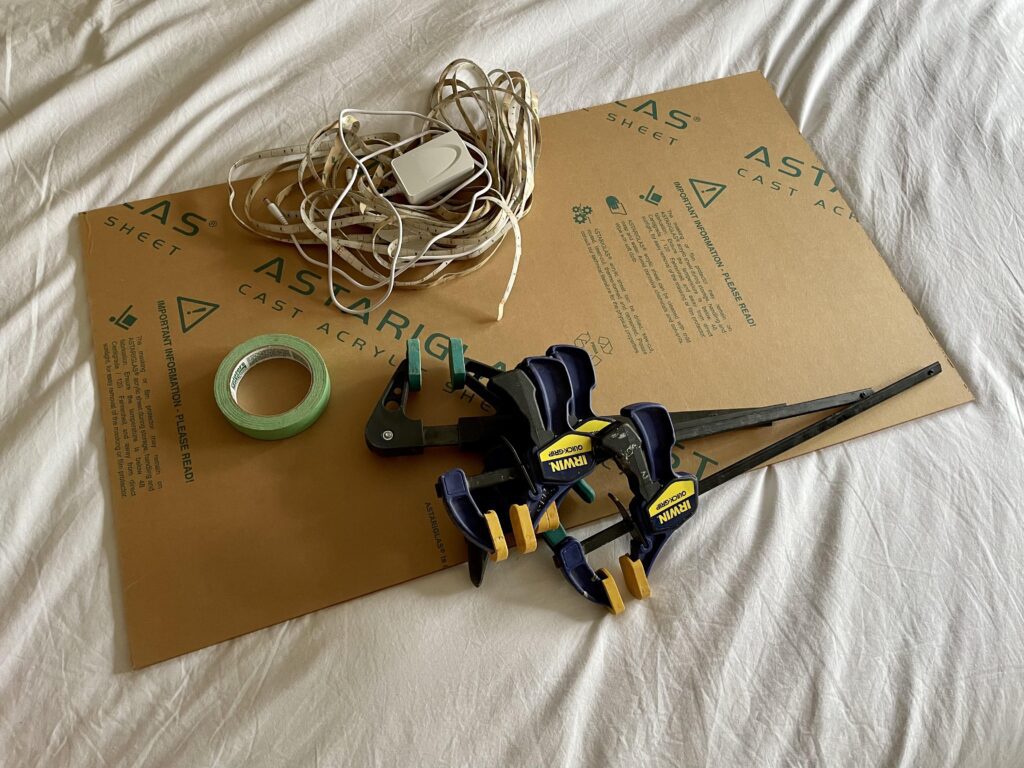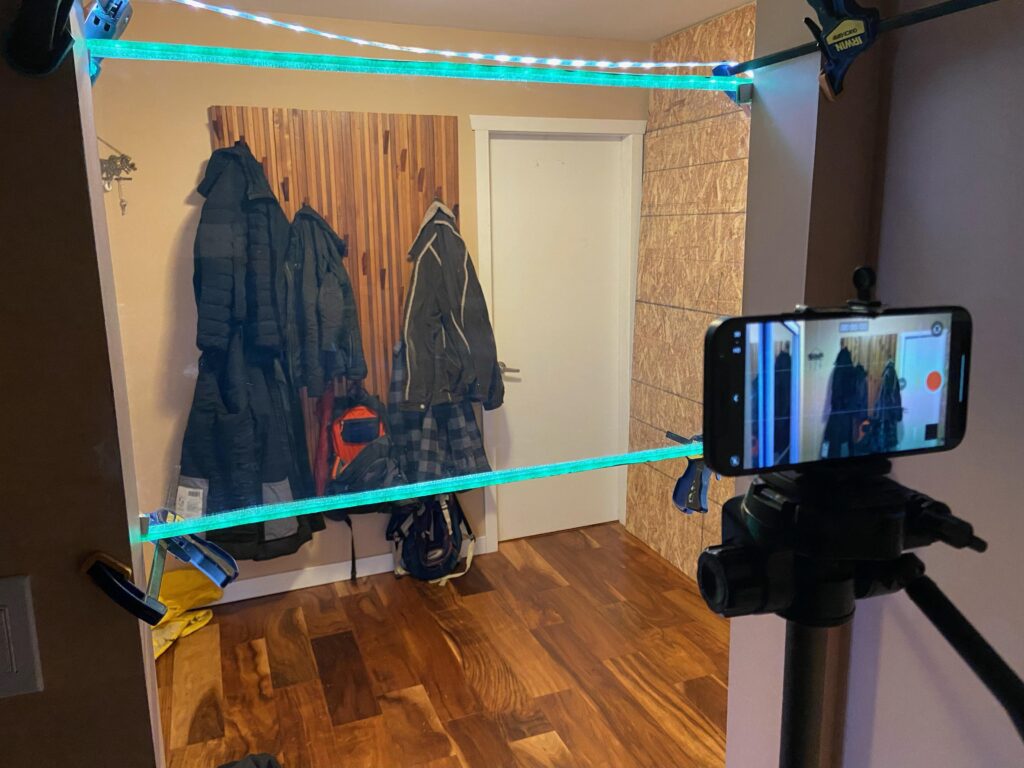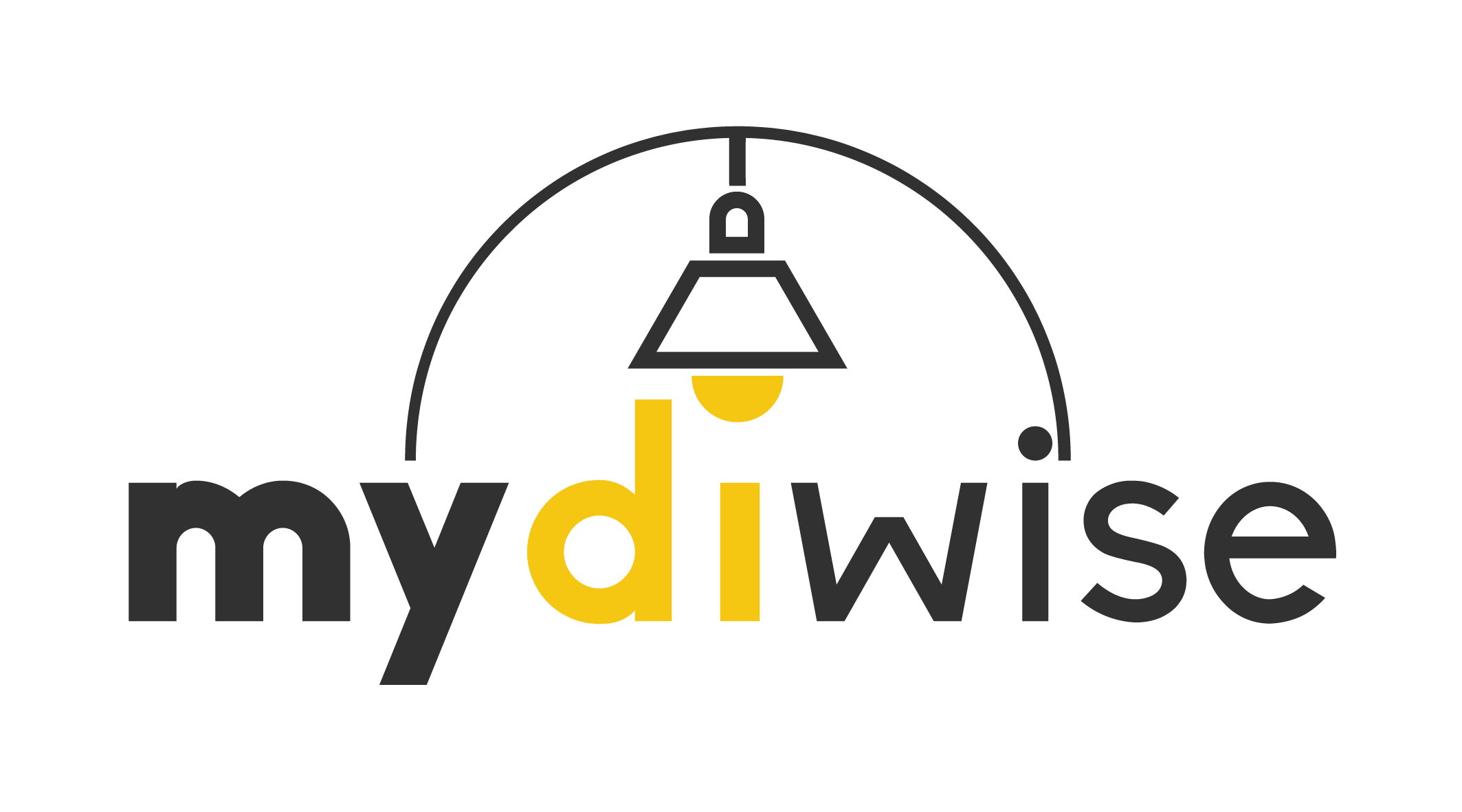Light Up Your Online Classroom: A Step-By-Step Guide To DIY Light Boards
If you’re a teacher or tutor looking to improve the quality of your online classes, a DIY light board can be a useful tool to add to your teaching arsenal.

A light board is essentially a transparent board that is illuminated from behind, allowing you to write and draw on it while facing your camera, creating a mirrored image for your students to follow.
Here is a step-by-step guide on how to make a DIY light board to teach online classes.
Step 1: Gather your materials
To make a DIY light board, you will need a few basic materials. These include a large sheet of plexiglass, a set of LED strip lights, a wooden frame, and some basic tools like a drill, screws, and a saw.
Step 2: Cut the plexiglass
Using a saw, cut the plexiglass to the desired size. A typical light board is around 3 to 4 feet wide and 2 to 3 feet tall, but you can adjust the size to fit your needs.
Step 3: Build the wooden frame
Using your saw and screws, build a wooden frame that is slightly larger than the plexiglass. This frame will hold the plexiglass and the LED strip lights.
Step 4: Attach the LED strip lights
Using your drill, attach the LED strip lights to the back of the wooden frame. Be sure to position the lights evenly and securely so that they illuminate the entire plexiglass sheet.
Step 5: Attach the plexiglass
Using screws, attach the plexiglass to the front of the wooden frame, making sure it is securely held in place.

Step 6: Set up the light board
Place the light board on a stable surface, such as a table or stand, and connect the LED strip lights to a power source. You can use a simple wall plug or a battery pack, depending on your preference.
Step 7: Start teaching!
With your DIY light board set up and ready to go, you can start teaching your online classes. Simply write or draw on the board while facing your camera, and your students will see a mirrored image of your work on their screens.
A DIY light board can be a fun and useful tool to add to your online teaching setup. With a little bit of effort and creativity, you can build a high-quality light board that will help you engage and educate your students more effectively.
